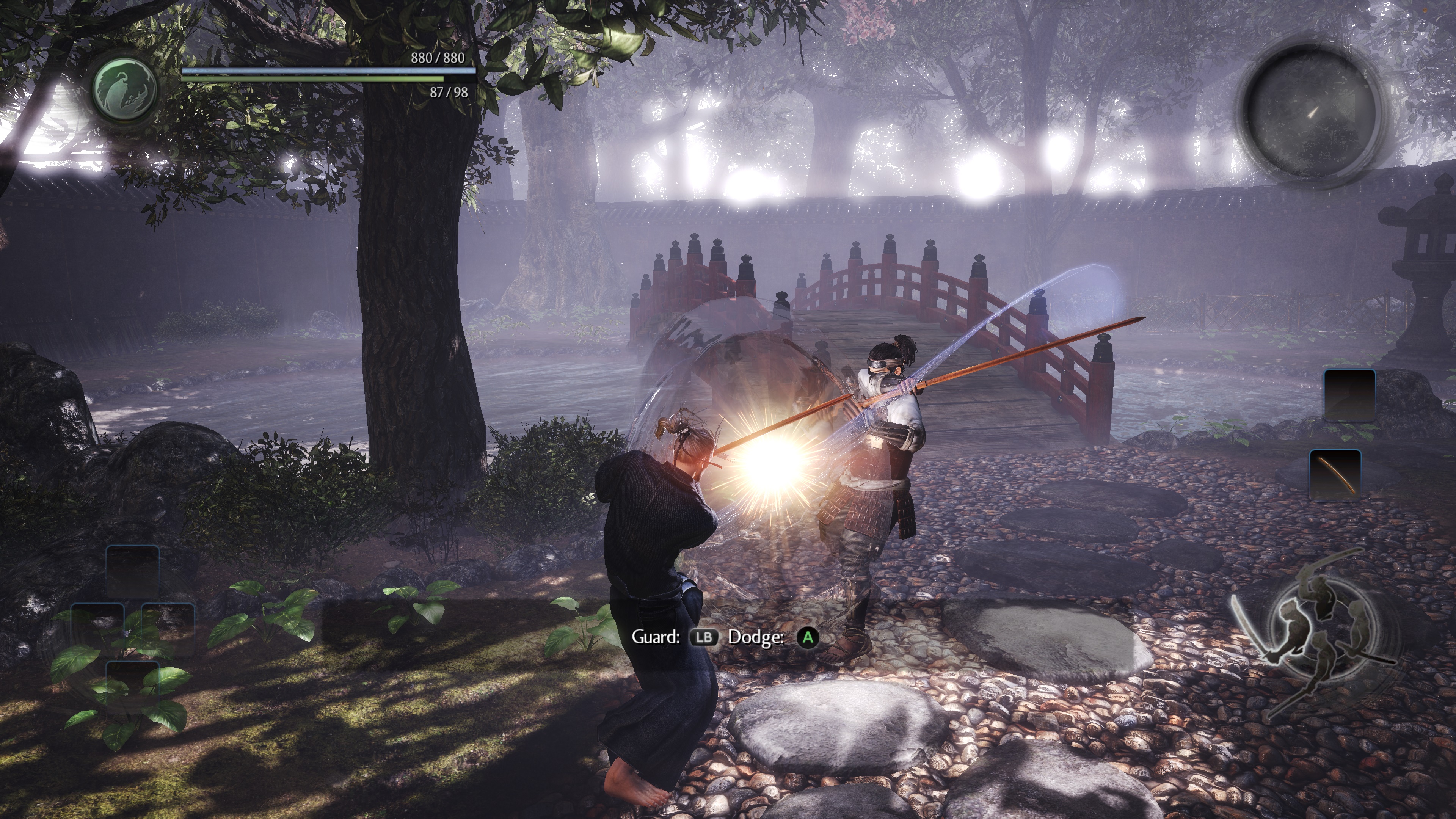

Suspend all unecessary services and processes in the background Create a virtual network between our PC's Try a different router and different settings Do tweaks to graphics card settings specifically made for Nioh Here's a list of things we've tried that haven't helped (might forget some, we've trying to troubleshoot this for hours) We both have a 100MB/s connection and the tested ping between our PC's is 17ms. In single player his game runs smooth as butter, and this happens to him regardless of who is the host. Unfortunately whenever we go together to a mission, he warps around and all his animations are slowed on his end. This step will not be necessary if you are using an existing Policy.Me and my friend got Nioh to play through it together. Once you're back in the Console/IP Security Policies screen, right click on the Policy you have just created and select Assign.In the Filter Action box select the BlockConnection option and click Next.Complete the steps above for each additional IP address you want to add to the Filter list, or if you have blocked all IP addresses continue to the next step.Select the Protocol Type you wish to block, or select Any if you want to block access to all protocols.If you have selected A specific IP Address, type in the IP Address you want to block.Select the Source of the traffic you with to block then click Next.

In the description box type a description.Leave all network connections selected and click Next.Leave This rule does not specify a tunnel selected and click Next.Using Any IP Address as the IP Traffic Source will block access from all sources and is not recommended unless blocking access to a single protocol such as RDP, you will first need to complete the steps above to allow access to the subnet, and any other IP addresses you wish to allow access to your server. Click OK to close the RDP Policy Properties box.Select the Filter Action you've just created and click Next then Finish.

Select the Permit radio button and click Next. Give your action a name such as AllowConnection and click Next. Click Next on the first page of the Filter Action Wizard. In the Filter Action box click Add to create a new Action for the List you've selected. Select the list you have just created from the IP Filter List and click Next. Once you have added all the required IP Addresses to the list click OK. Complete the steps above for each additional IP address you want to add to the Filter. Select the Protocol Type you wish to allow access to. You can now select A Specific IP Address or Any IP Address for the Destination address. Select A specific IP Address of Subnet as the Source address, enter the IP of Subnet you want to allow (see note above for subnets) then click Next. Match packets with the exact opposite source and destination addresses checked. Type a Name for your list, and a Description if desired. You need to create a new filter, so don't select any of the default ones. You should now be on the IP filter list. Leave all network connections selected and click Next. Leave This rule does not specify a tunnel selected and click Next. You should now have the properties window open. On the final page of the Wizard leave the Edit properties option checked and click Finish. Leave the Active Directory default option on the Default Response Rule Authentication Method page selected and click Next. Check the box for the Activate the default response rule option then click Next. Name your IP Security Policy and provide a description if desired, then click Next. Click Next on the first page of the Wizard. If a Security Policy does exist, right click on it in the Right pane and click Properties then continue to next section (Setting up the IP Filters) If no Security Policy exists yet, in the Left frame right click IP Security Policies on Local Computer and then click Create IP Security Policy then continue to next step. Leave Local Computer checked and click Finish and then OK. Select the IP Security Policy Managment item in the Available snap-ins list click the A dd button. In the console click File > Add/Remove Snap in. Log into your dedicated server using Remote Desktop.







 0 kommentar(er)
0 kommentar(er)
